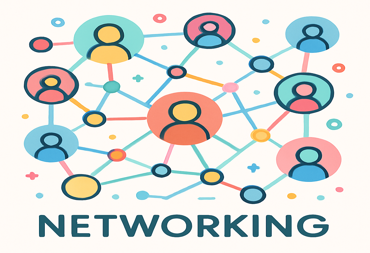6X5J+PR5, Shivalaya St, Pokhara 33700


6X5J+PR5, Shivalaya St, Pokhara 33700

Networking is the invisible foundation of our virtual world, enabling the intercommunication of billions of devices, systems, and applications. In essence, networking is the structured linking of hardware, software, and protocols that allow data to be transmitted securely and efficiently. Regardless of whether it's via Wide Area Networks (WANs), Local Area Networks (LANs), or the global internet backbone, networking has evolved from simple wired connections to a multidimensional, complex network that facilitates everything from real-time video streaming to cloud computing.
At the heart of the action are the models and protocols through which information gets transferred. Protocols like TCP/IP, DNS, and HTTP define communication standards, while OSI and TCP/IP models divide networking into functional layers. As newer technologies like IPv6, DNS-over-HTTPS, and QUIC protocol become prevalent, current networks are now being designed with greater emphasis on privacy, performance, and scalability. These developments are of particular importance as the requirement for high-performance and secure data exchange grows.
The shift to virtualization and Software-Defined Networking (SDN) has radically reshaped networking build and operation. SDN allows for centralized, programmatic management of network traffic, making it possible for better resource utilization, and Network Function Virtualization (NFV) replaces physical hardware with virtualized services. They propel next-generation cloud and 5G infrastructures, bringing more agile, scalable, and cost-effective networks that can support dynamic workloads and digital transformation initiatives.
Security has been a top priority in this era of interconnectedness. Traditional access control rules and firewalls have evolved into dynamic frameworks like Zero Trust Architecture (ZTA), Intrusion Detection and Prevention Systems (IDPS), and Secure Access Service Edge (SASE). These frameworks include real-time threat detection, AI-based analytics, and enhanced encryption to ensure networks are always safe from constantly changing cyber threats, especially in hybrid and cloud environments.
The future of networking is intelligent and decentralized. AI networks, quantum communication, 6G technology, and Web3 emergence will render data processing, security, and access unimaginable. These technologies promise ultra-low latency, self-repairing infrastructure, and greater user control. Networking is no longer a support plane; it's an innovation strategy pillar—critical to industries, governments, and individuals to thrive in the digital economy.
Latest Comments